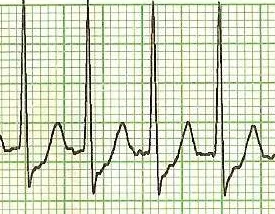Grand Rounds Recap 03.15.17
/This week, Dr. Boyer led us through his R4 case follow up. Drs. Baez and Summers dove deep into the literature on sepsis. Dr. Gauger reviewed toxicologic syndromes. Dr. Axelson hit us with some trauma pearls and we worked through sick respiratory cases during our combined Peds-EM sim.
Read More














